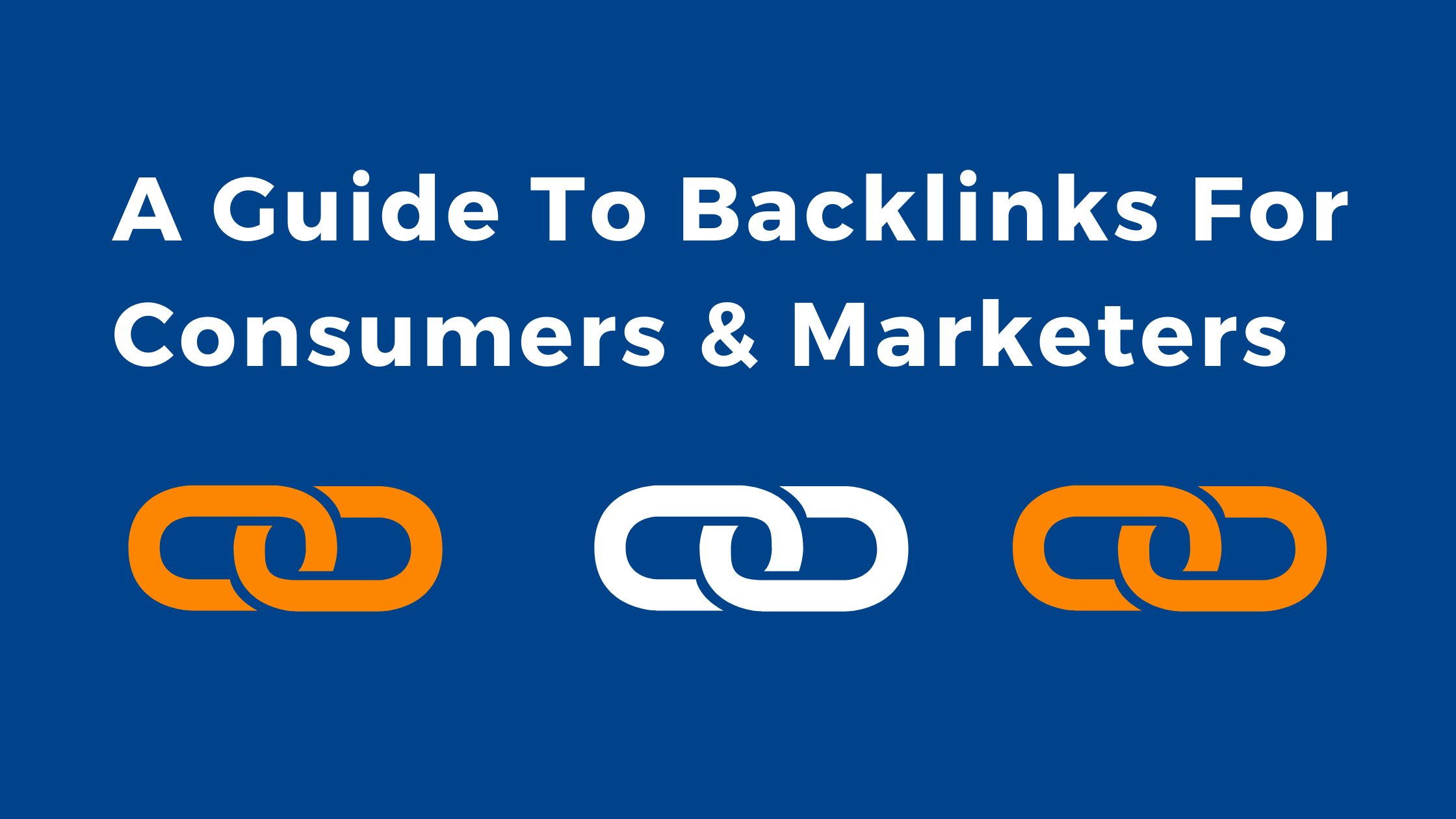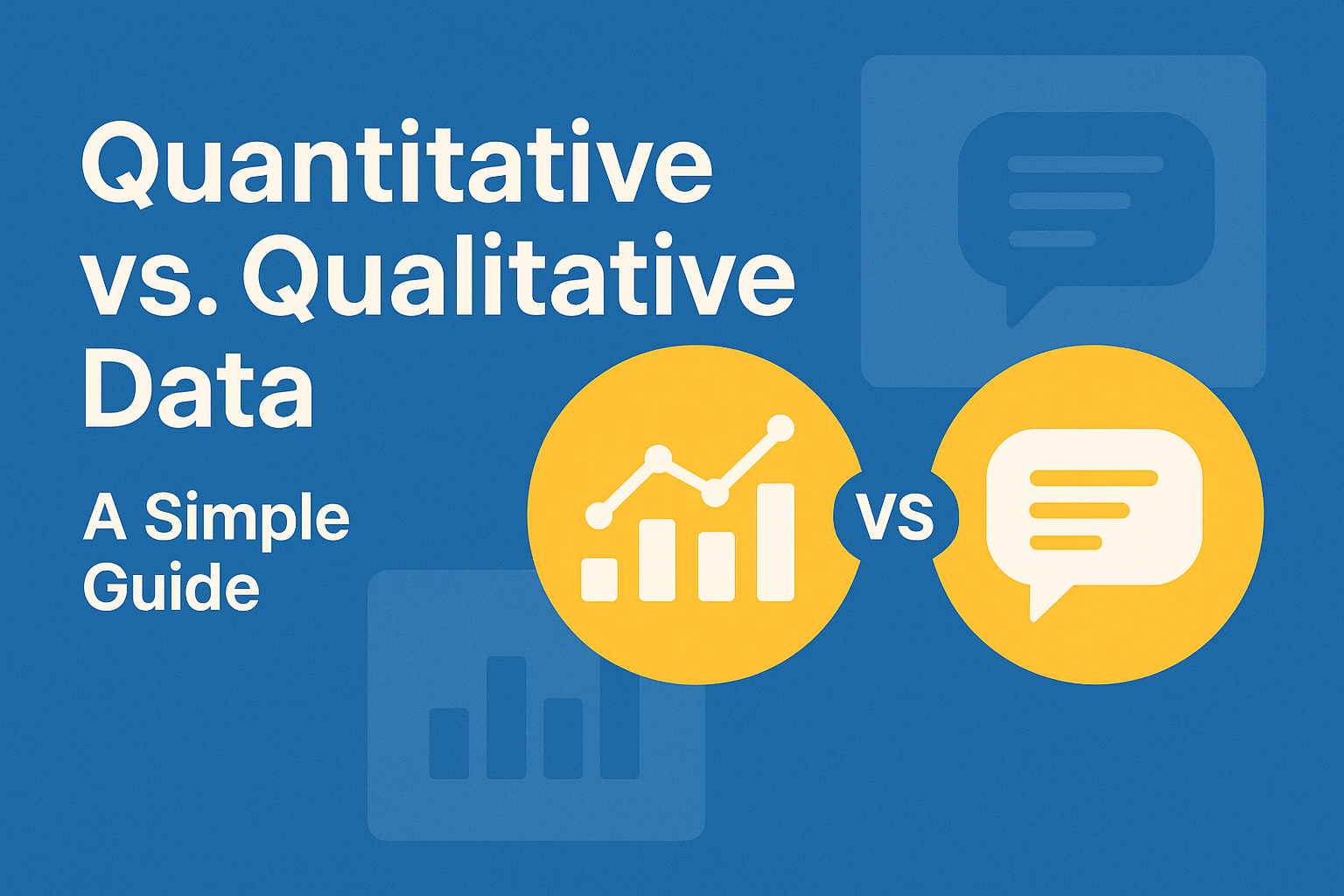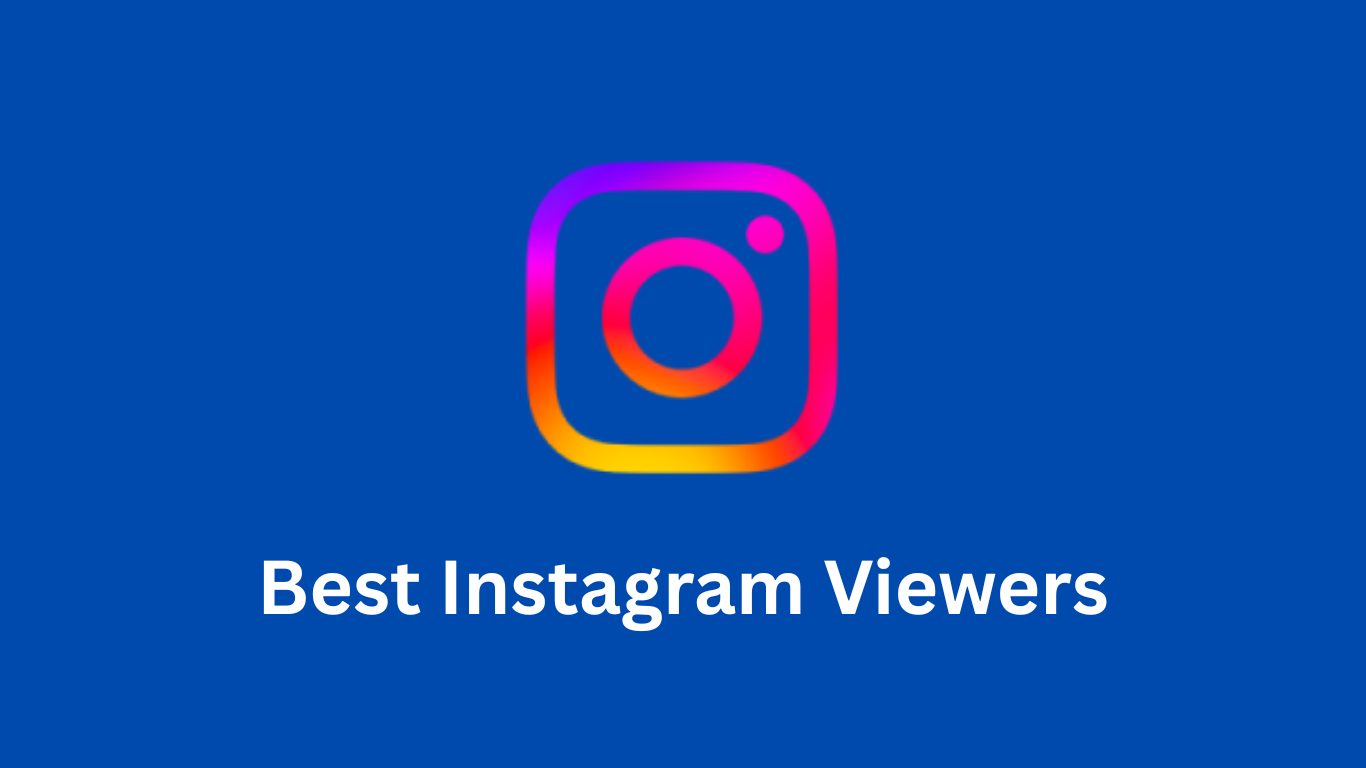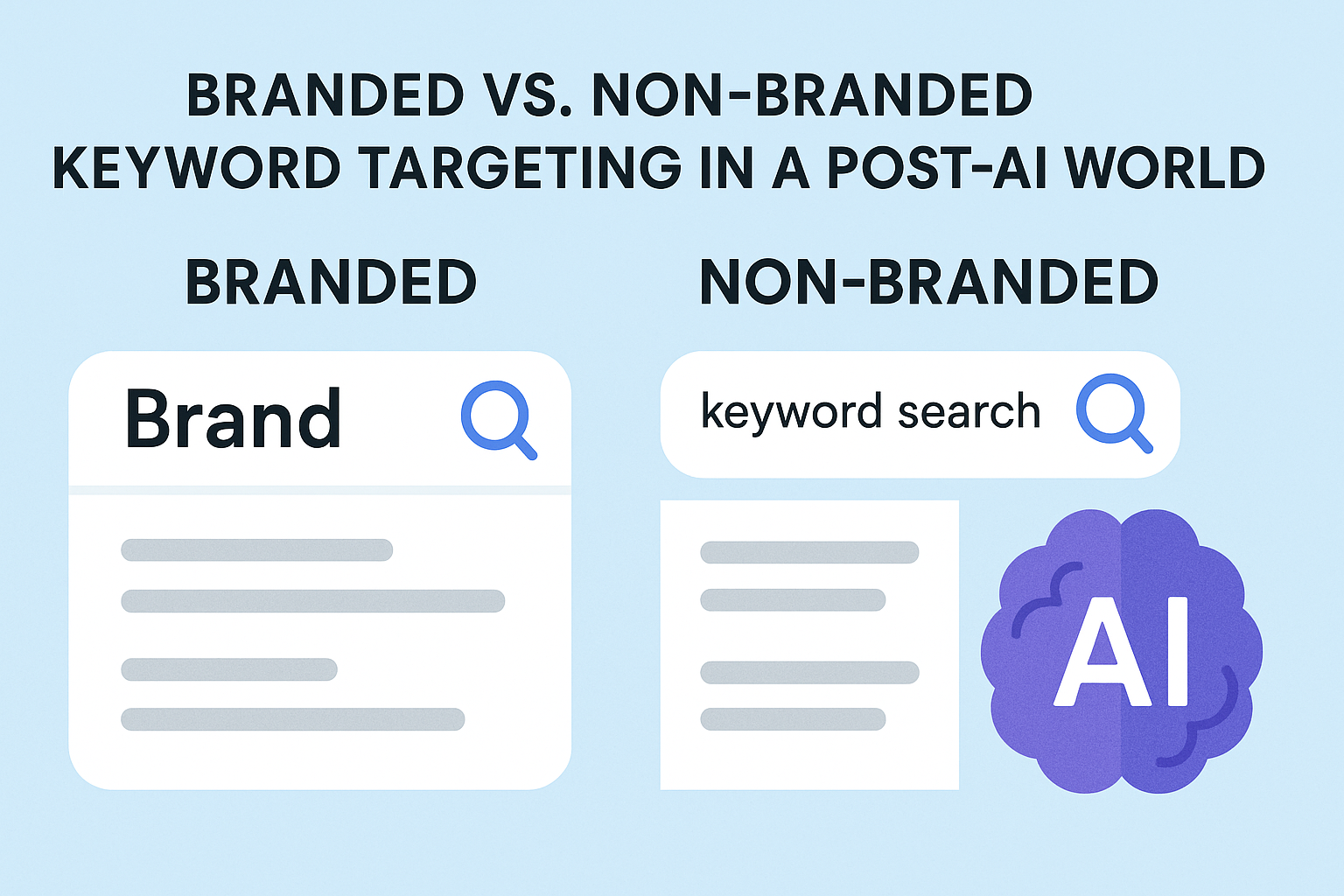The internet: an uber-connected web full of educational information, amusing videos, the newest updates on our favorite celebrities, and lots of ways to spend our money. Each of these topics seems to effort link to the next through backlinks. All of these opportunities for entertainment absorb us for hours until we remember our college responsibilities once again. No matter how many times we turn on our screens, the instant gratification of a new intriguing post never dwindles.
Have you ever taken a step back to question how only the internet is capable of providing endless information relevant to our niches?
I am just like you: At noon, I ask Google when the Oscars premieres, intending to spend one minute online, and by dinner time, I’m reading about the evolution of Lady Gaga’s extravagant style. Before learning about backlinks, I had never even questioned how these ultra-interconnected websites worked.
Backlinks are one explanation of the internet’s addictive tendencies that we all love so dearly, as well as the reason our weekly screen time report always increases.
Understanding the internet is as essential as ever. No matter what career you end up in, utilizing the power of the internet, specifically, backlinks are guaranteed to help grow a website, whether it is your employer company’s or your own.
What Are Backlinks?
Backlinks serve as the treasure map of the internet. They continuously bring you from point A to point B to point C until you are satisfied with your final result, or your “treasure.” Point A may have been your original Google search of “boating shoes,” which ends up linking you to a product you may like, then a how-to tutorial, then a blogger review. Your treasure may be the last link you click, providing you with a comprehensive answer. Backlinks help provide the full story of your original search from multiple perspectives.
From a technical standpoint, backlinks are links in a text that bring readers to a different article or page. They come in the form of hyperlinks, meaning the embedded link automatically opens to the other page upon clicking. There’s no manual labor involved on the consumer’s end, creating a seamless referral experience.
This is clearly beneficial for us as consumers. However, most folks fail to realize the power backlinks hold for the business owner or blogger themself. Having more backlinks cultivates word-of-mouth buzz and improves search engine optimization (SEO) of your site.
The more credible news organizations and expert bloggers to discuss your product, service, or website in their writing, the more authority Google gives to your site. Google thinks: If a national newspaper is talking about this product, consumers should be too. Hence, the site then ranks higher on the search engine results page.
Types of Backlinks
Before implementing backlinks into your website practices, it is crucial to recognize the various ways to present them.
- Naked URLs: The anchor text (the text displayed on-screen) is just the URL itself. No fancy keywords, no promotional descriptions. An example of this is www.bluehost.com. Be aware of lengthy URLs, as they may look unprofessional when linked.
- Branded Terms: The hyperlink is embedded in the brand name itself, which allows the reader to flow through the article smoothly. For example: “Bluehost offers WordPress hosting.”
- Keyword Anchor: The anchor text displayed is often a short description of what is found in the link. This anchor can be effective when you want to avoid sounding like an endorsement by continuously dropping brand names. Be discreet: “Some services offer WordPress hosting.”
- Generic Anchor: These hyperlinks employ standard terms like “click here” or “learn more.” An author may give a review of web hosting programs, then write, “Click here to try them yourself.”
Additionally, backlinks are either labeled as “follow” or “no-follow.” Although this is slightly more technical, the basics are comprehensible.
- Follow Links: Google counts these as valuable. The more followed links you have leading to your site, the higher Google will rank you. Follow links are the ones we want, as they make a legitimate difference in our online accessibility. Most credible websites will offer follow links, sometimes for a small compensation.
- No-Follow Links: Google does not count these; therefore, they do not improve the search engine ranking of your site. Google’s rule actually improves the overall quality of the internet, as no-follow links ensure spam is not accredited. Often, links placed in the comments sections are no-follow, as anyone can post anything there. However, obtaining no-follow links to your site is not necessarily negative, as they can still expose more viewers to your content.
Although both follow and no-follow links can have a positive impact, prioritize earning follow links. The double-dip in both the technical and community-buzz aspects of growing a brand.
How Do I Get Backlinks?
Developing an outreach strategy to contact site owners is not as intimidating as it may sound. Both journalist’s and bloggers’ job is to write about pressing issues, hot topics, or anything that may be of interest to their readers. By connecting with these authors, you are providing them with more material for their audience. As long as the outreach is appropriate, it should be viewed more like a partnership than a favor.
Depending on your preferred site’s size, it may be optimal to contact individual writers instead of the entire company. Many of these writers get to choose their article topics or may freelance on other platforms. You can avoid getting lost in email spam by taking this personal approach.
The most important takeaway when contacting an author is to focus on why linking to you helps them. Highlighting all the benefits their audience will gain demonstrates why their site is the ideal home for your link. For example, if you would like a famous book blogger to link to your book’s website, clearly dictate what their specific audience would gain from reading your book.
Six Tips To Apply When Drafting An Outreach Email:
- Grab their attention without making a sales pitch; this is not a paid endorsement.
- Respect the author’s time by relaying a simple, concise message.
- Be personal by customizing each email, as unaltered templates are easy to spot.
- Research their site; include a sentence or two specific to information found in their articles.
- Clearly communicate the value of your website and how their audience will benefit.
- Make it easy: Provide your URL, desired anchor text, and how content relates to their target market.
For students, reaching out to former professors, colleagues, or peers may be a first step to forming backlinks to your personal site. Just make sure it is an appropriate request based on your relationship and what you are asking for.
After learning about backlinks, those little blue underlined links will never be the same. Backlinks hold immense power to benefit all internet users. Marketers strategically place their gold so consumers can easily find their treasure. And that is how it all maps out.
Caroline Hughes is an honors student at Texas Christian University obtaining a Strategic Communication degree with a minor in Business. Caroline is currently interning for Magnus Opus. When she is not focusing on her studies, she is writing for her personal lifestyle blog.







